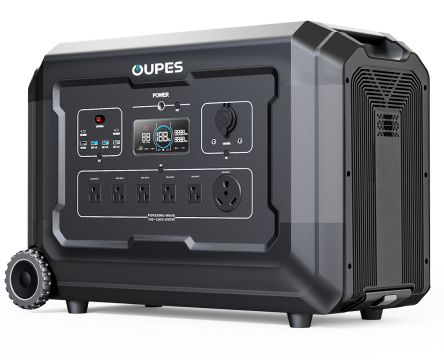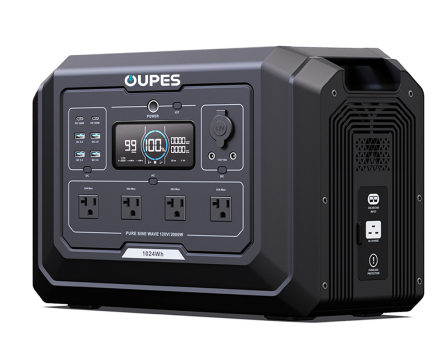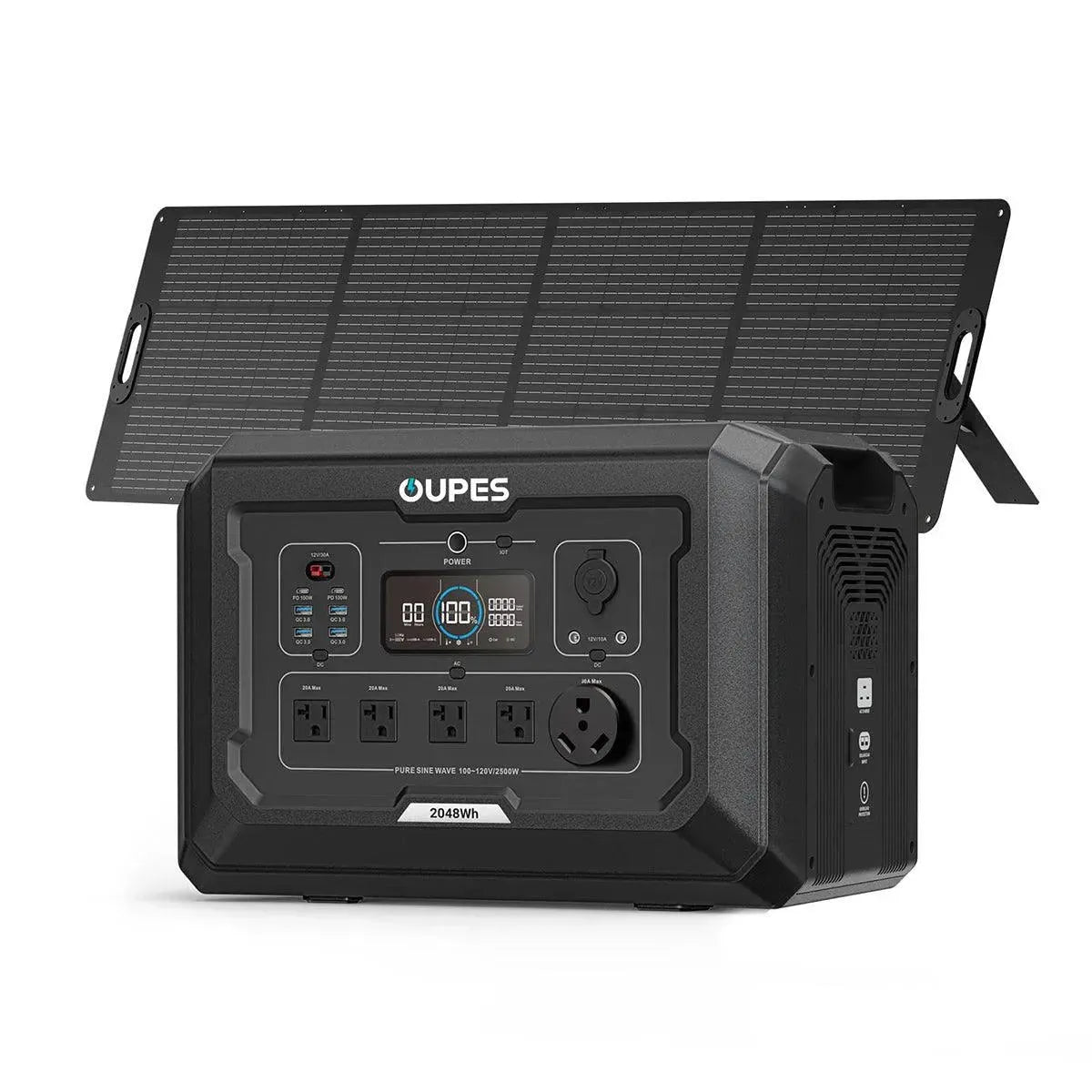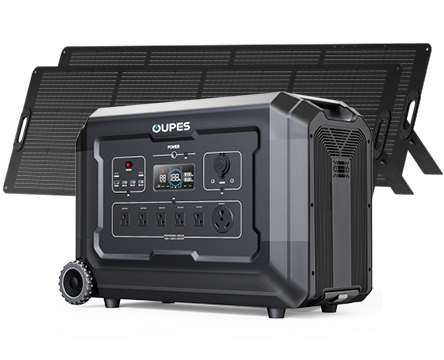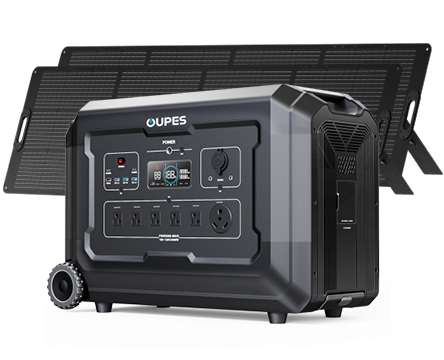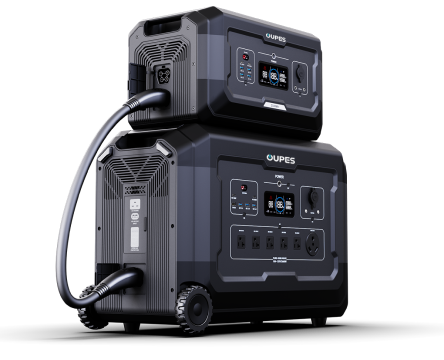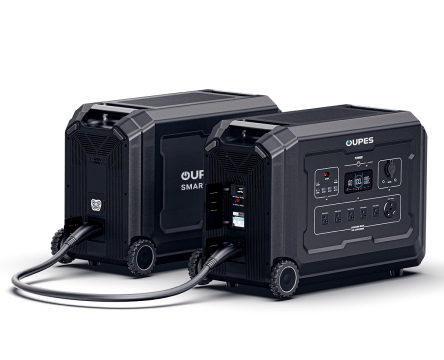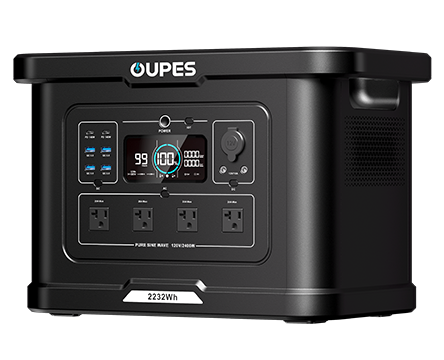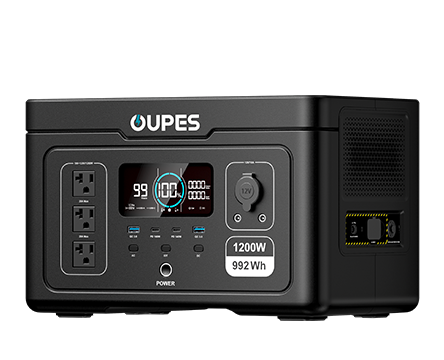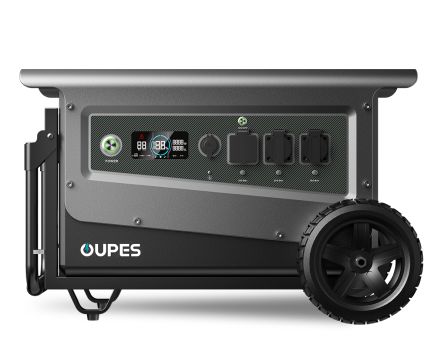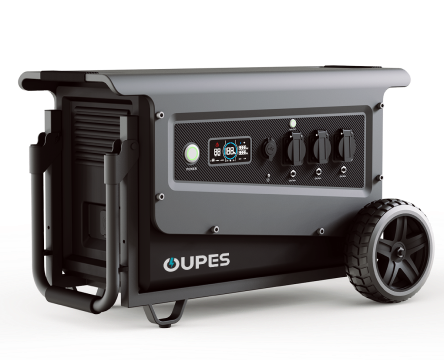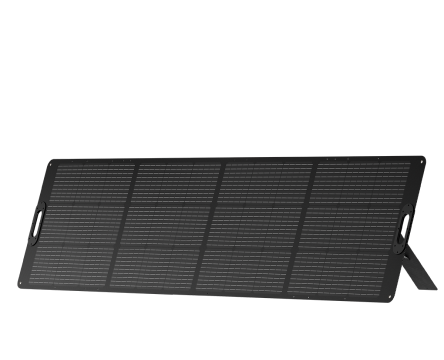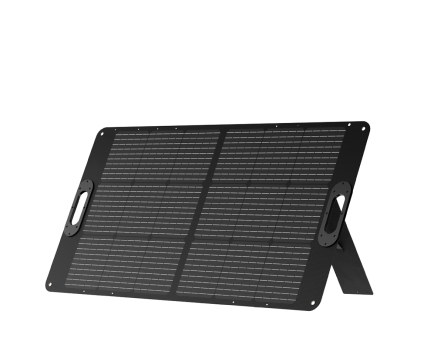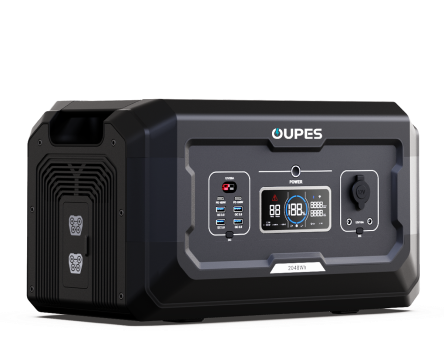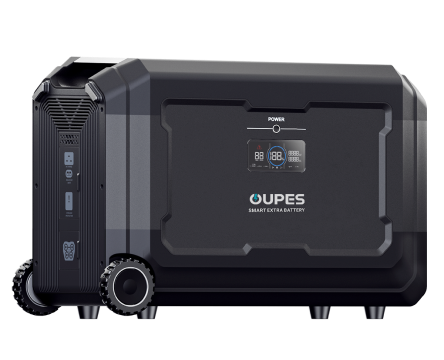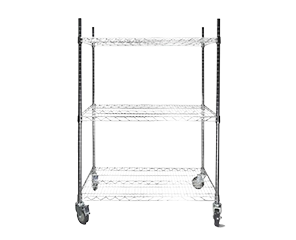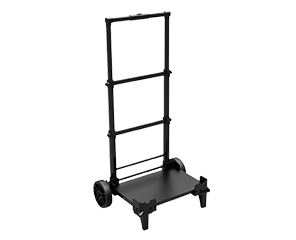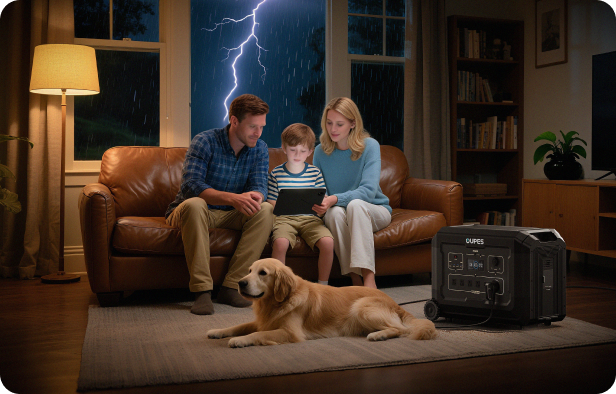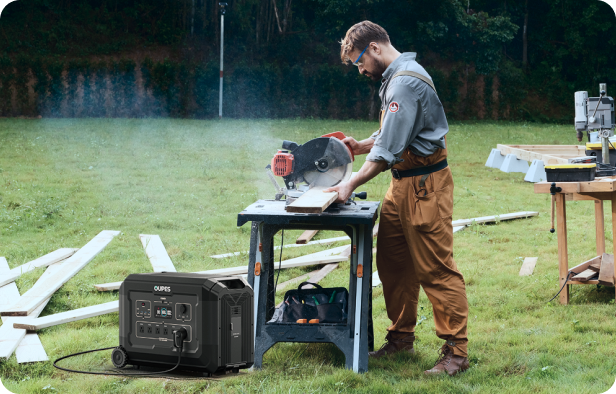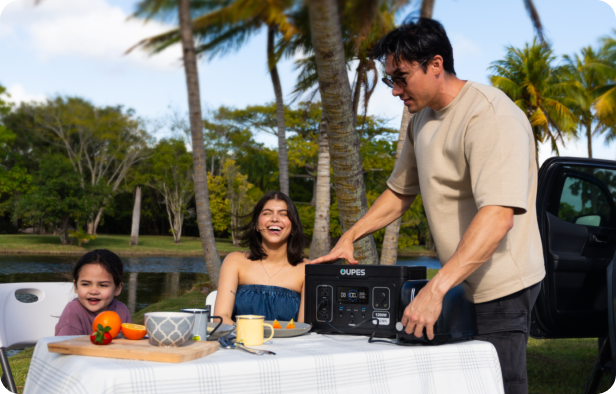
As the world shifts toward renewable energy, solar panels have become increasingly popular for both residential and commercial use. Among various options available, 200W solar panels strike a perfect balance between power output and practicality. These mid-sized panels offer enough energy to power essential devices while remaining relatively affordable and easy to install.
Whether you're looking to reduce your electricity bills, power an RV, or create an off-grid system, understanding 200W solar panels can help you make an informed decision. This comprehensive guide will explore their specifications, ideal applications, installation requirements, and how they compare to other solar panel options in the market.
Understanding 200W Solar Panel Specifications
A 200W solar panel typically measures around 5-6 feet in length and 2-3 feet in width, though dimensions can vary slightly between manufacturers. These panels usually consist of 60-72 photovoltaic cells made from monocrystalline or polycrystalline silicon. Monocrystalline panels tend to be more efficient (15-20% efficiency) but slightly more expensive, while polycrystalline options offer slightly lower efficiency (13-16%) at a more budget-friendly price point.
The actual power output of a 200W panel depends on several environmental factors. Under ideal conditions (full sun at 25°C with the panel angled perpendicular to the sun's rays), it will produce close to its rated output. However, real-world conditions like cloud cover, temperature fluctuations, and suboptimal angles can reduce this output. Most 200W panels operate at about 18-20 volts maximum power point voltage, making them compatible with common 12V battery systems when used with proper charge controllers.
Durability is another important specification to consider. Quality 200W panels feature tempered glass surfaces that can withstand hail impacts up to 1 inch in diameter and snow loads up to 5400Pa. The aluminum frames should be corrosion-resistant, and the junction boxes should be rated IP65 or higher for weather resistance. Many manufacturers offer 25-year performance warranties guaranteeing at least 80% output after two decades of use.
Practical Applications of 200W Solar Panels
200W solar panels serve numerous practical applications for both residential and mobile use. For homeowners, a single panel can power lighting systems, small appliances, or serve as a backup power source during outages when paired with a battery bank. Multiple 200W panels can be combined to create larger arrays capable of significantly offsetting household energy consumption or even powering an entire tiny home when properly configured.
RV and boat owners particularly benefit from 200W panels due to their balance of power output and manageable size. One or two panels can keep batteries charged while running lights, water pumps, and small electronics. Their dimensions often fit well on RV roofs without creating excessive wind resistance while driving. For camping enthusiasts, portable 200W folding solar panels provide convenient off-grid power for charging devices and running small appliances.
Commercial applications include powering remote equipment like weather stations, telecommunications gear, or agricultural sensors. Their moderate output makes them ideal for applications where consistent but not excessive power is needed. Some innovative uses include solar-powered charging stations for electric bikes or scooters, and supplemental power for garden water features or outdoor lighting installations.
Installation Considerations for Optimal Performance
Proper installation significantly impacts a 200W solar panel's performance. The ideal mounting location receives direct sunlight from 9am to 3pm with minimal shading from trees or structures. In the northern hemisphere, panels should typically face true south, while southern hemisphere installations should face true north. The optimal tilt angle equals your latitude, though seasonal adjustments can boost winter performance.
Mounting options vary by application. Roof mounts are common for residential use, while ground mounts work well for portable systems or when roof space is limited. RV installations require specialized brackets that secure panels while allowing for vibration and movement. Portable systems often use foldable frames with adjustable legs for optimal sun alignment. Regardless of mounting type, ensure all hardware is corrosion-resistant and properly secured to withstand wind loads.
Wiring and electrical components require careful consideration. Use properly sized cables (typically 10-12 AWG for short runs) to minimize power loss. A charge controller is essential for battery systems - maximum power point tracking (MPPT) controllers offer 10-30% more efficiency than pulse width modulation (PWM) types, especially in variable light conditions. For grid-tied systems, you'll need an inverter compatible with your panel's voltage output and local utility requirements.
Comparing 200W Panels to Other Solar Options
When deciding between 200W panels and other sizes, consider your specific needs and constraints. Smaller 100W panels offer more installation flexibility but require more mounting space and wiring for equivalent output. Larger 300-400W panels provide more power per square foot but may be physically difficult to handle and install, especially for DIY projects or mobile applications.
Cost-per-watt comparisons often favor larger panels, but 200W models strike a practical balance. They're typically only slightly more expensive per watt than 300W+ panels while being much easier to transport and install. Their moderate size also allows for more flexible system expansion - you can add panels one at a time as needs grow, rather than committing to large, expensive panels upfront.
Efficiency comparisons reveal that 200W panels often use slightly older but more proven technology compared to the latest high-efficiency panels. While premium 400W panels might boast 21-22% efficiency, they come at a significant price premium. For most residential and mobile applications, the 15-20% efficiency of quality 200W panels provides excellent value without sacrificing too much performance.
Maintenance and Long-Term Performance
Maintaining 200W solar panels is relatively straightforward but crucial for optimal long-term performance. Regular cleaning (every 2-6 months depending on location) removes dust, pollen, and bird droppings that can reduce output by 5-15%. Use a soft brush or sponge with mild soapy water - avoid abrasive materials that could scratch the glass. Early morning cleaning is ideal as cool panels are less likely to crack from thermal shock.
Periodic inspections should check for loose mounting hardware, corrosion, or microcracks in the panels. Monitor system performance through your charge controller or monitoring software - sudden output drops may indicate wiring issues or panel damage. In snowy climates, gently remove heavy snow accumulations to restore production, though light snow often slides off angled panels naturally.
Battery systems paired with 200W panels require separate maintenance. Flooded lead-acid batteries need regular water refilling and terminal cleaning, while sealed batteries require less maintenance but careful charging to prevent damage. Regardless of battery type, ensure your charge controller settings match your battery specifications to maximize lifespan. With proper care, a quality 200W solar system can provide decades of reliable, clean energy production.
200W solar panels represent a versatile middle ground in solar technology, offering substantial power output while remaining practical for diverse applications. Their moderate size makes them accessible to DIY installers and mobile users, while their output capacity can meaningfully contribute to home energy needs. As solar technology continues advancing, 200W panels maintain their relevance by balancing performance, affordability, and practicality.
Whether you're taking your first steps toward energy independence or expanding an existing system, 200W solar panels deserve consideration. By understanding their capabilities, ideal uses, and proper installation techniques, you can harness solar energy effectively to meet your specific power requirements. With renewable energy becoming increasingly important, these reliable panels offer a practical way to participate in the clean energy revolution.


